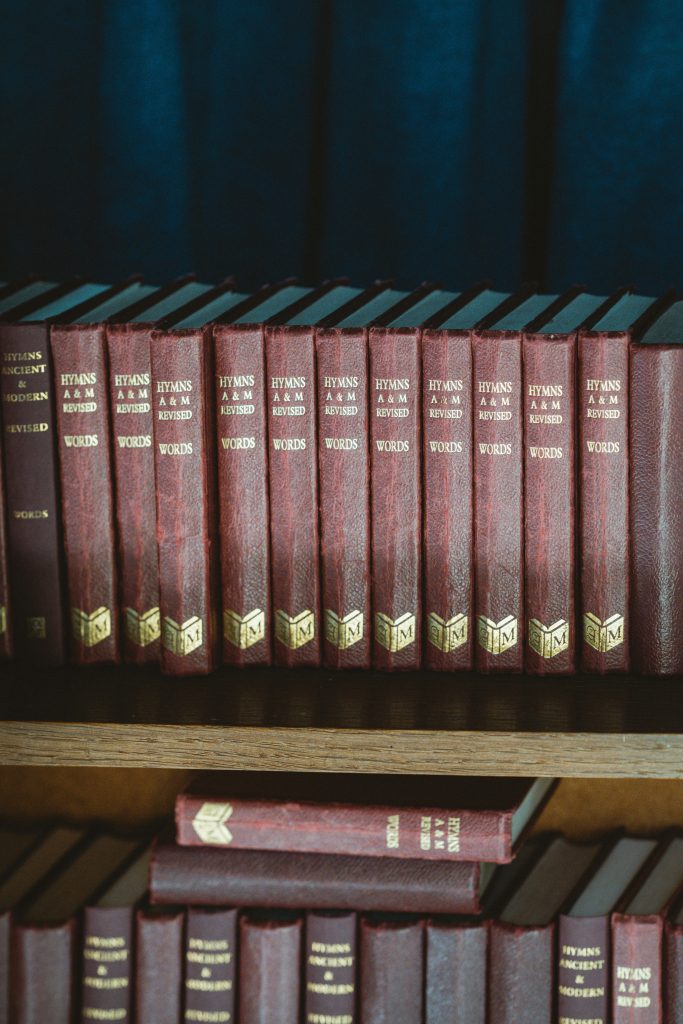Shakespeare writes:
There is a tide in the affairs of men
Which, taken at the flood, leads on to fortune.
Omitted, all the voyage of their life
Is bound in shallows and in miseries.
On such a full sea are we now afloat
And we must take the current as it serves
Or lose our ventures.
It was in 1959 that a colleague said to me ‘Why don’t you start a theatre here in Hampstead?’ Within 24 hours I had booked a hall for a year, and the following week the local newspaper carried a front-page headline: Hampstead to have neighbourhood playhouse.
I had no experience of running a theatre nor any financial know-how, yet within a few years it had an international reputation for new plays.
But it doesn’t always work! I once consulted the I Ching, the ancient Chinese Book of Wisdom, about a project I had in mind, and the answer came, as from a very wise person: ‘Your idea is good but now is not the time.’
It is when faced with key decisions in life that the practice of meditation enables one to be able to intuit what action one should take – or not.

